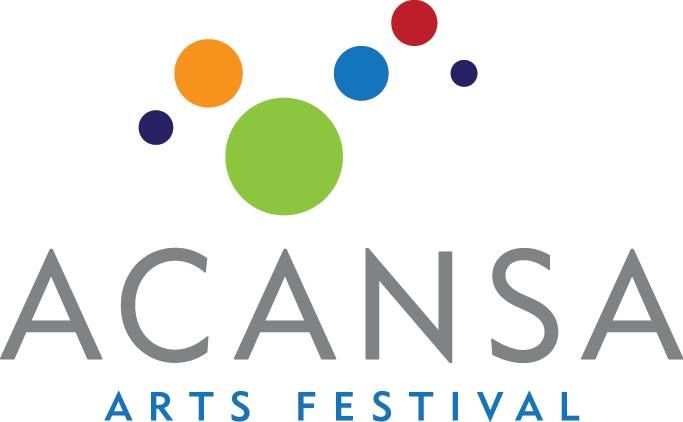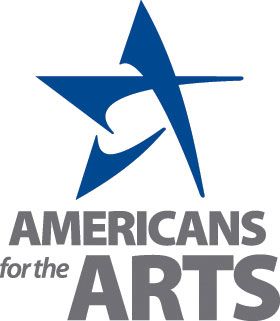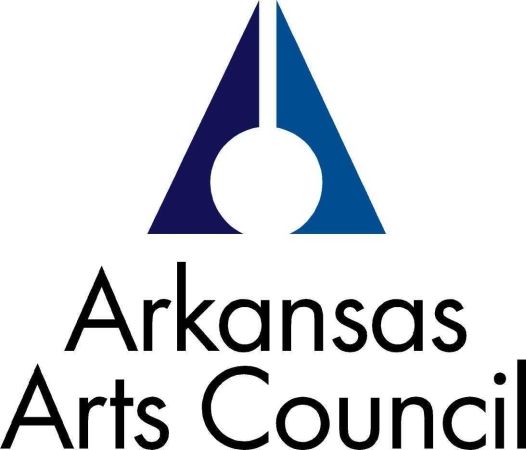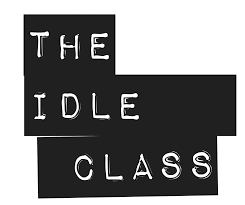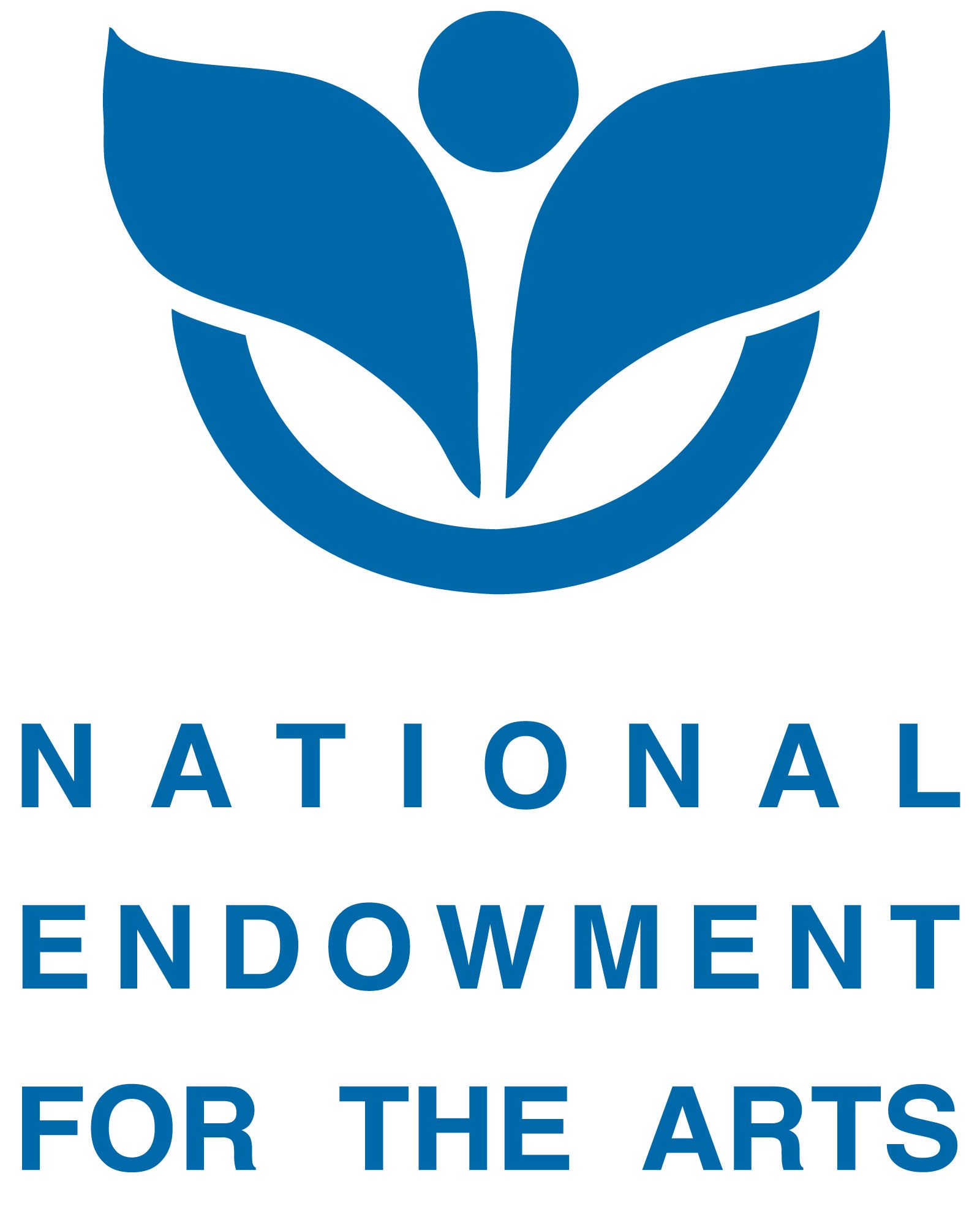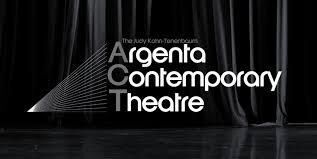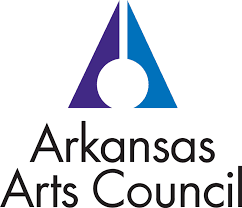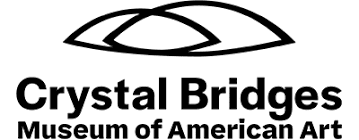10 Reasons to Support the Arts!
Knowing how to talk about the impact of the arts on our communities is one of the strongest tools we have as advocates. While it's easy to talk about the passion that we feel for all things creative, we must challenge ourselves to focus our outreach in a way that can resonate with all potential supporters. Through the sharing of information that can refocus and reinforce the perspective by which the role of the arts is understood, we will begin to move away from the misconceptions that surround the sector.
So, the next time you encounter the idea that the arts exist merely for leisure or is something that can only be enjoyed by those who have extra time and resources, consider these following points and use them to steer the conversation in healthier and more productive direction:
Arts promote true prosperity. The arts are fundamental to our humanity. They ennoble and inspire us -- fostering creativity, goodness, and beauty. The arts help us express our values, build bridges between cultures, and bring us together regardless of ethnicity, religion, or age. When times are tough, art is salve for the ache.
Arts improve academic performance. Students with an education rich in the arts have higher GPAs and standardized test scores, and lower drop out rates -- benefits reaped by students regardless of socio-economic status. Students with 4 years of arts or music in high school average 100 points higher on the verbal and math portions of their SATs than students with just one-half year of arts or music.
Arts strengthen the economy. The U.S. Bureau of Economic Analysis reports that the arts and culture sector is a $699 billion industry, which represents 4.3 percent of the nation's GDP -- a larger share of the economy than transportation or agriculture. The nonprofit arts industry alone generates $135 billion in economic activity annually (spending by organizations and their audiences) that supports 4.1 million jobs and generates $22.3 billion in government revenue.
Arts are good for local merchants. Attendees at nonprofit arts events spend $24.60 per person, per event, beyond the cost of admission on items such as meals, parking, and babysitters. Attendees who live outside the county in which the arts event takes places spend twice as much as their local counterparts ($39.96 vs. $17.42) -- valuable revenue for local businesses and the community.
Arts drive tourism. Arts travelers are ideal tourists, staying longer and spending more to seek out authentic cultural experiences. The U.S. Department of Commerce reports that the percentage of international travelers including museum visits on their trip has grown steadily since 2003 (18 to 28 percent). The share attending concerts and theater performances has grown from 14 to 18 percent since 2003.
Arts are an export industry. U.S. exports of arts goods (e.g., movies, paintings, jewelry) grew to $75 billion in 2012, while imports were just $27 billion -- a $47 billion arts trade surplus.
Arts spark creativity and innovation. The Conference Board reports that creativity is among the top 5 applied skills sought by business leaders -- with 72 percent saying creativity is of high importance when hiring. The biggest creativity indicator? A college arts degree. Their Ready to Innovate report concludes, "The arts -- music, creative writing, drawing, dance -- provide skills sought by employers of the 3rd millennium." Nobel laureates in the sciences are 17 times more likely to be actively engaged in the arts than average scientists.
Arts have social impact. University of Pennsylvania researchers have demonstrated that a high concentration of the arts in a city leads to higher civic engagement, more social cohesion, higher child welfare, and lower crime and poverty rates. The arts are used by the U.S. Military to promote troop force and family readiness, resilience, retention and for the successful reintegration of veterans into family and community life.
Arts improve health care. Nearly one-half of the nation's health care institutions provide arts programming for patients, families, and even staff. 78 percent deliver these programs because of their healing benefits to patients -- shorter hospital stays, better pain management, and less medication.
Arts mean business. The Creative Industries are arts businesses that range from nonprofit museums, symphonies, and theaters to for-profit film, architecture, and design companies. A 2015 analysis of Dun & Bradstreet data counts 702,771 businesses in the U.S. involved in the creation or distribution of the arts that employ 2.9 million people -- representing 3.9 percent of all businesses and 1.9 percent of all employees.

